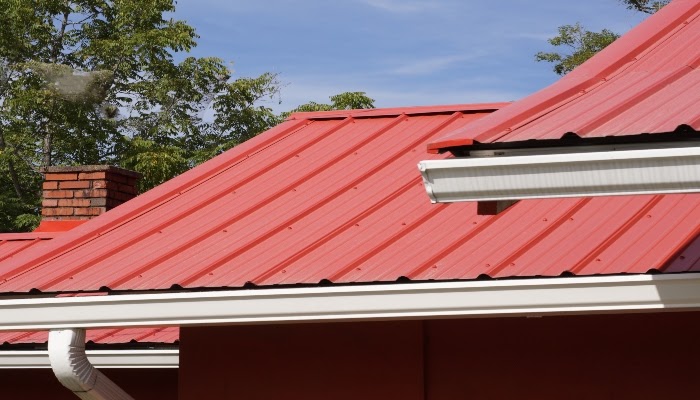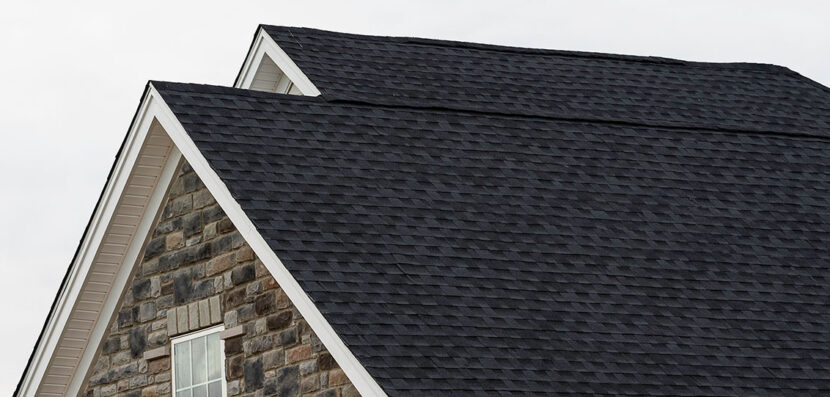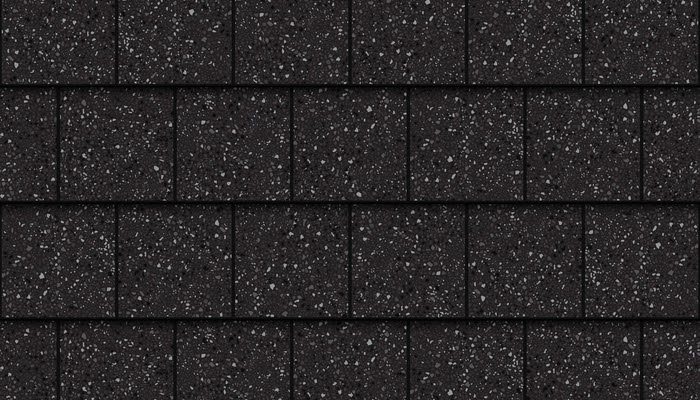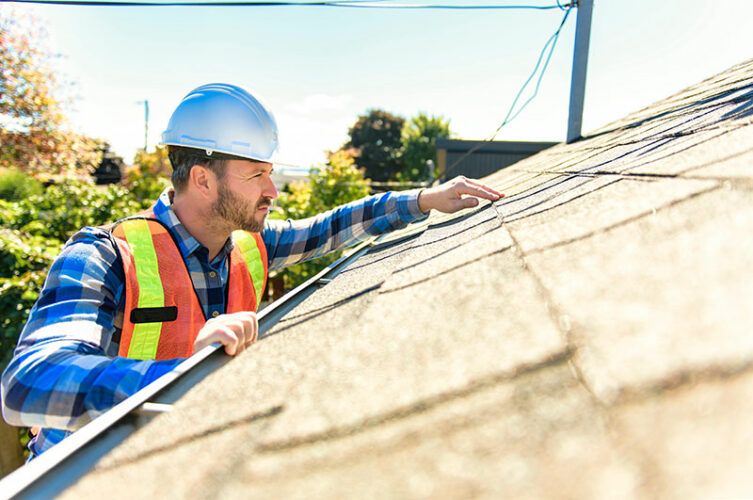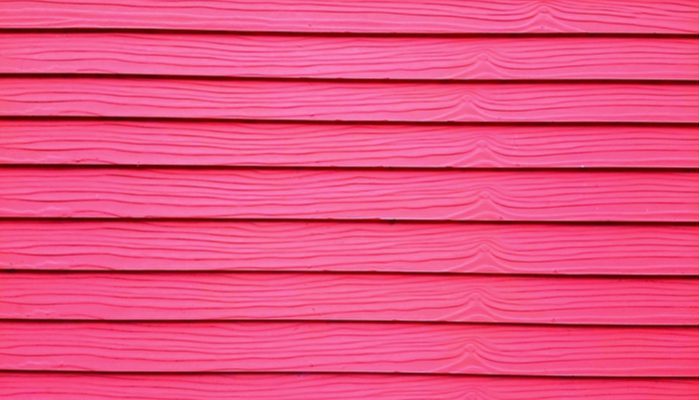Asphalt Shingles vs Rubber Roofing
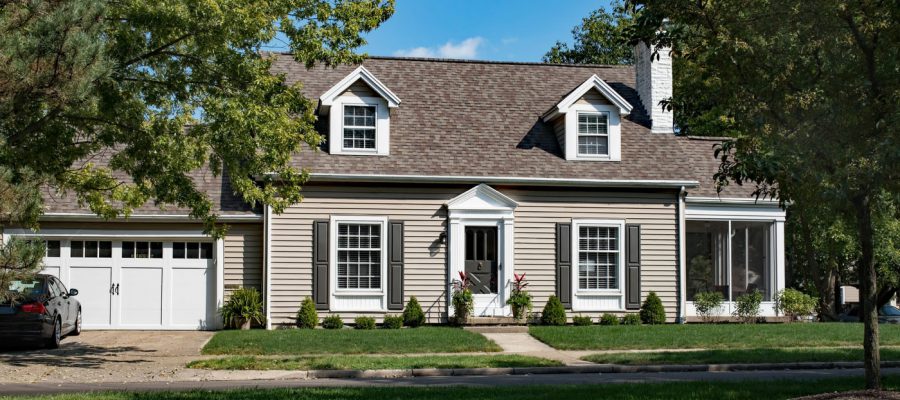
Choosing the right roofing material is never easy. The usual question comes down to choosing between rubber or asphalt shingles, which are the most popular options. Let’s take a look at all the pros and cons of each, so you’ll have an easier time deciding which one is better for you:
What is rubber roofing?
Rubber shingles are made from a single-ply synthetic material we know as ethylene propylene diene monomer.
It’s also worth noting that rubber roofing can easily be placed on top of an asphalt roof, so you can essentially use rubber on both types of roofs. Plus, rubber can achieve the same look other expensive roofs have for a fraction of the cost.
What are asphalt shingles?
Asphalt shingles are made from asphalt-saturated fiberglass that’s covered with granules of rock.
The difference in material matters because rubber shingles are better suited for flat roofs. On the other hand, asphalt shingles are made for sloped roofs.
The costs
If short-term costs strictly orient you, you’ll have an easy time deciding. Rubber shingles are three to four times more expensive than asphalt. The price is usually measured for 100 square feet of shingles.
However, if you care more for long-term costs, rubber shingles are the clear winners here as they last twice as long as asphalt shingles. What’s more, they are energy-efficient as well, leaving you with lower energy costs in the long run.
The installation
When it comes to installation, both shingles are made from a lightweight material, which means that the whole process is fast and easy.
Rubber roofing includes the extra cost of rubber roof membranes. If you want to add insulation beneath the membranes, then you will have to pay an additional cost.
Asphalt roofing includes its own set of additional costs including the removal of old asphalt shingles. Additionally, you have to include roof trusses or rafters, which are necessary for supporting the weight of asphalt shingles.
How long does a rubber roof last?
- Most roofing is damaged over time from sunlight (causes them to peel and curl) and rain (causes moisture and mold that allows for fungus and algae growth). Asphalt shingles are more susceptible to these issues than rubber ones.
- When it comes to maintenance, rubber shingles only require a paint job after a decade or so, while asphalt shingles need more regular maintenance as they crack more easily.
- Asphalt shingles typically last for 20 years, while rubber ones can last for 30 or more.
Key takeaways
Despite their higher costs, rubber shingles are usually better for their overall durability, lack of maintenance requirements, and long-term cost-effectiveness.
Schedule a free estimate with 1-800-HANSONS if you’re looking for high-quality rubber roofing.
Get a Free Estimate Today
50% off installation. Special financing available. See details.

